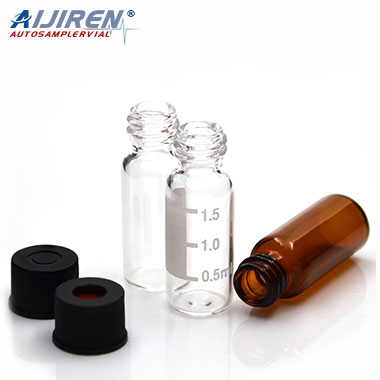Discover the role of membrane filters in wastewater treatment. Find the best filters for optimal purification.
Discover the role of membrane filters in wastewater treatment. Find the best filters for optimal purification.
Discover how membrane filters enhance water desalination by efficiently separating microorganisms. Explore their vital role in the process.
Discover the versatility of PTFE syringe filters for suspensions & emulsions filtration. Explore pore sizes, hydrophilic & hydrophobic options. Expert insights!

Syringe filters are essential laboratory tools used to remove particulate matter and other impurities from samples before analysis. One common type of syringe filter is the 0.45 um syringe filter, which is designed to remove particles and microorganisms that are larger than 0.45 microns in size. This filter is widely used in various applications such as analytical chemistry, pharmaceuticals, and microbiology. However, many questions arise about this type of syringe filter, and this article aims to address some of the frequently asked questions (FAQs) about the 0.45 um syringe filter.

Nylon syringe filters are widely used in laboratory applications for the filtration of various solutions, including aqueous and organic solutions. They are known for their high chemical resistance and excellent performance in the filtration of small particles and microorganisms. However, with the vast array of nylon syringe filters available in the market, it can be challenging to choose the right one for your specific application. This is where FAQs on nylon syringe filters come in handy. Here, we have compiled some of the most commonly asked questions about nylon syringe filters to help you make informed decisions about your laboratory filtration needs.